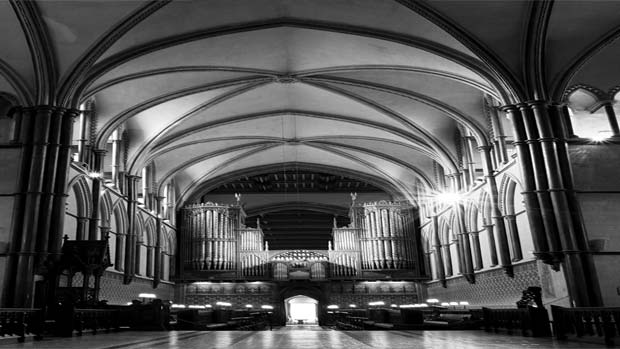Five alternatives to reverb (and why they work)
And sometimes ‘No’ is the answer.
Reverb gives you two things for your mix: depth and diffusion. You can adjust the balance between the two by your choice of reverb type and adjustment of the parameters, but ultimately you can’t have one without the other.
But sometimes you’re happy with the degree of depth in your mix and you just want to add some diffusion to blur the sound and wash it out a bit. Or maybe you’re happy with the degree of diffusion in your mix and you just want to add some depth to create a bigger sense of size and space. For these situations, reverb might not be the best tool for the job.
When you want to add diffusion without adding depth, you can usually reach for chorus, detuning and slapback delay.
Chorus:
Chorus diffuses the sound by adding a copy with constantly-changing pitch and timing. This can be appropriate if the sound will benefit from the added movement and the constantly-changing pitch is not distracting. Some chorus processors offer three, four or even more ‘voices’ for a more complex and diffuse effect. Don’t reach for chorus if the cyclic pitch change is distracting or otherwise inappropriate.
Detuning/unison:
For situations when the movement or pitch modulation are not appropriate, detuning might be a better solution. Detuning is commonly implemented as a pitch shift of a few cents down on one side of the stereo space and a pitch shift of a few cents up on the other side of the stereo space. Many synths offer a ‘unison’ feature, which stacks multiple oscillators, each with slightly different pitch and panning. This can give a very big sound that stretches across the stereo space, but doesn’t have the modulated sound that chorus adds. Detuning, however, can sometimes sound unnatural on acoustic instruments or vocals.
Slapback delay:
Slapback delay is any quick delay with a delay time roughly between 30ms and 150ms. The delay time should be determined by the nature of the sound – the delay time and level should be set so that the delayed sound blends smoothly with the original sound. Slap delay can be useful when a sound needs less diffusion and more depth than chorus or microshifting, but not as much depth as a reverb might add. Used incorrectly, however, and it can be distracting. Be sure to try reducing the volume level of the delay and/or filtering it to make it darker.
When you want to add depth without adding diffusion, you’ll almost always need to use a longer delay or echo effect.
Longer delays (>150ms) should work best. When tuning a delay for depth, rather than rhythmic complexity, it’s often worthwhile tuning it by ear instead of snapping to the song’s tempo. The sense of depth will come from hearing the echos between the notes. This may be difficult if a tempo delay is causing the echos to be perfectly timed to sound underneath foreground elements (so that the background echos are masked by the foreground elements). Making the delay more audible by tuning it in between tempo times will also allow the delay to be at a lower volume.
Another way to add depth without adding diffusion is to record a lot of background parts. They won’t all be clear and present, because they’ll be pushed as far back as they can go. The idea is to have some complexity at the back of the mix that can only just be audible. This will definitely enhance the depth of the mix, without having to add reverb or other processing to the foreground parts.
-Kim.
